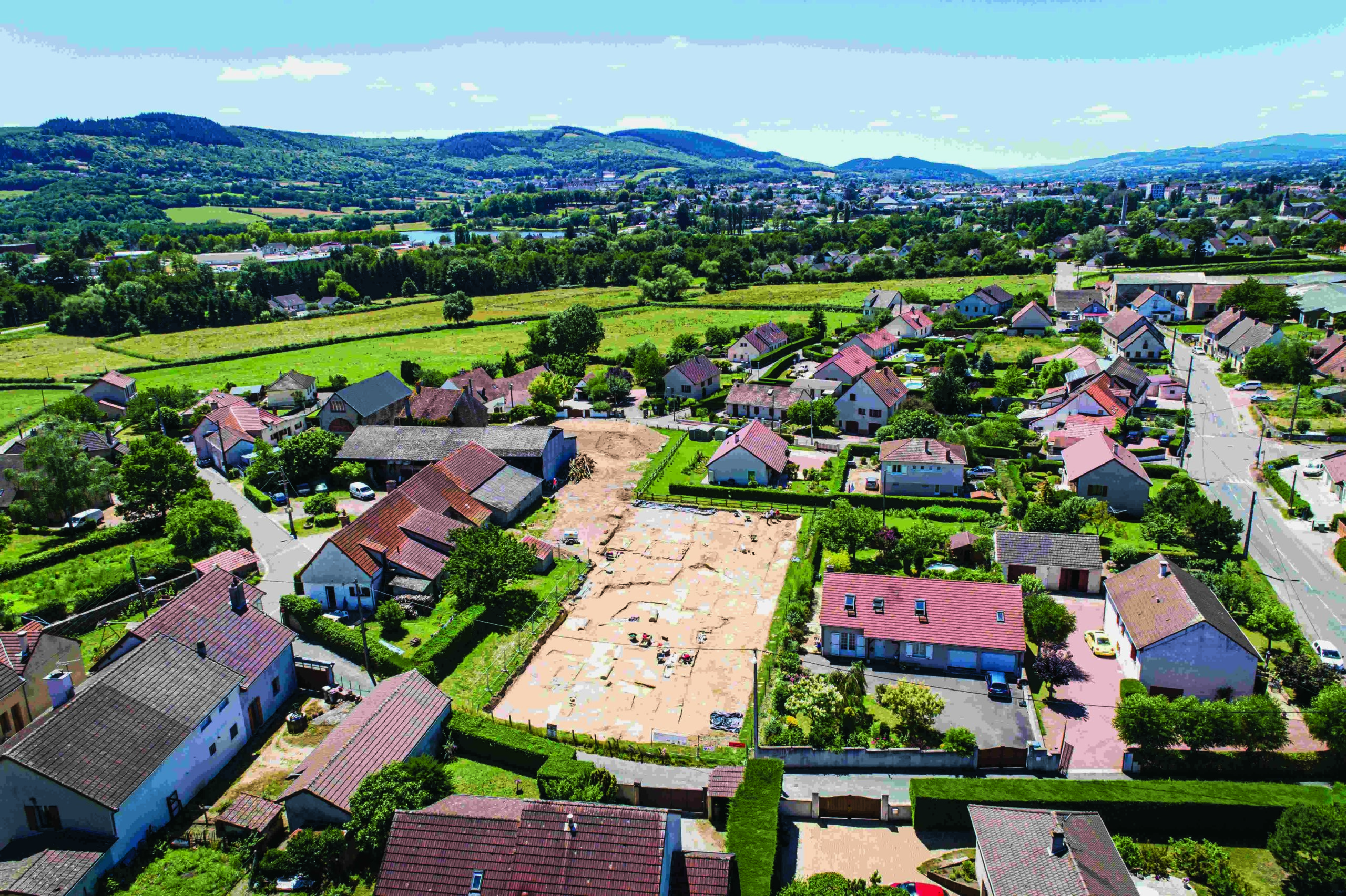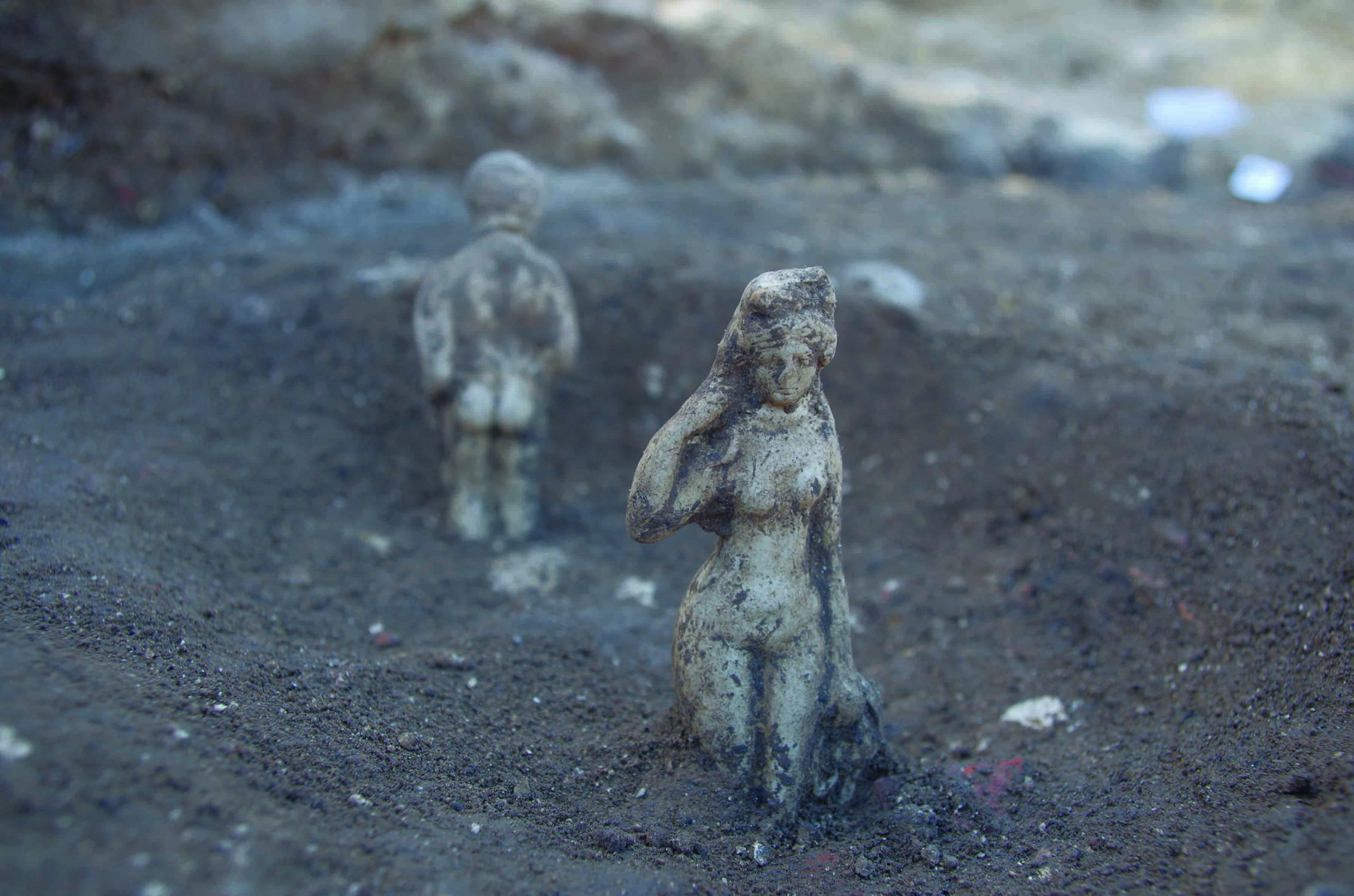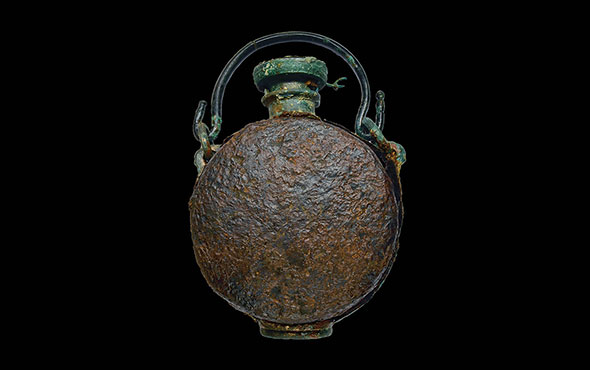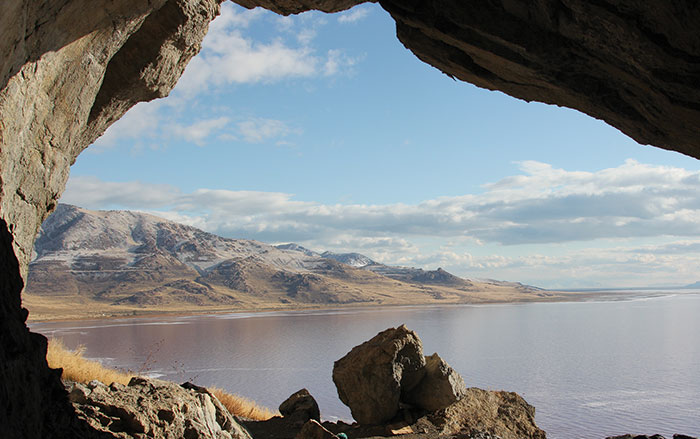
MAINZ, GERMANY—According to a statement released by Johannes Gutenberg University Mainz, Cees Passchier and his colleagues have studied carbonate deposits left behind by a power-producing complex of 16 wooden waterwheels built in southern France in the second century A.D. by the Romans. Known as the Barbegal mills, the wheels were arranged in two parallel rows of eight wheels each. The rows were separated by buildings and fed by an aqueduct. The carbonate deposits, created by water flowing over the wood, are all that survives of the structures. One of these imprints suggests the mill had an unusual elbow-shaped flume that is likely to have supplied water to the wheels in the lower basins. At first, Passchier and his team members thought the elbow-shaped flume would have shortened the water’s initial drop, but their calculations showed the slight incline against the direction of the current would have created a maximum flow rate and correct angles for this mill system and its small water basins. The study also suggests that the wood used to build the flume had been cut with a mechanical, water-powered saw. For more on Barbegal mills, go to "World Roundup: France."











